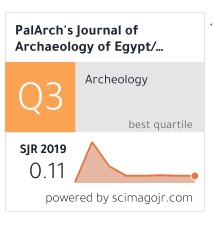Construction Of Optimum Portfolio Using Sharpe’s Single Index Model: With Reference To Pharmaceutical Sector And Banking Sector Listed On BSE
Abstract
Portfolio theories attempt to derive the optimum portfolio for the investors who wish to maximize the expected utility of their investment in a single period investment horizon. Most of portfolio theories propounded by different authors makes a strong assumption by stating that only two parameters of a probability distribution affects the utility- Mean and Variance. These theories further assumes that markets are frictionless i.e. there are no taxes and transaction cost.
All individuals prefer more Return to less and are Risk averse. As far as preferring more Return to less return is concerned, the theory assumes diminishing marginal utility. Thus, if return goes up, utility increases at a decreasing rate.
In real life there are large number of stocks and the projections regarding their expected return, risk and covariance is available between them. It would be practically complicated to get the feasible region and the derivation of the efficient frontier. Given a certain number of stock and their expected return (Ri), beta (β) of stock, unsystematic risk, risk free nominal rate of return (Rf) and the standard deviation of market return (m), this paper an attempt to construct the optimum portfolio under Sharpe approach. For the purpose of constructing Sharpe optimum portfolio, 10 pharmaceutical sector and 10 banking sector stock listed in BSE are used.
Downloads
Downloads
Published
Versions
- 2021-01-25 (2)
- 2020-11-03 (1)



